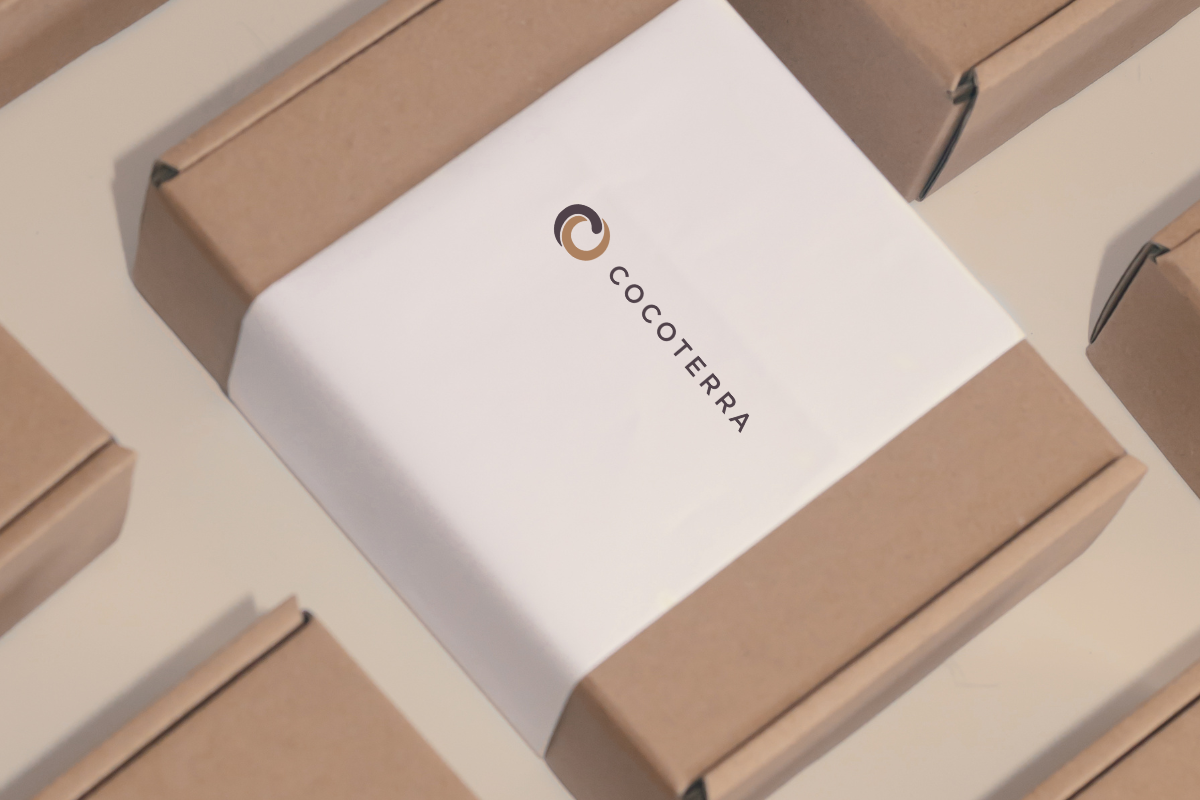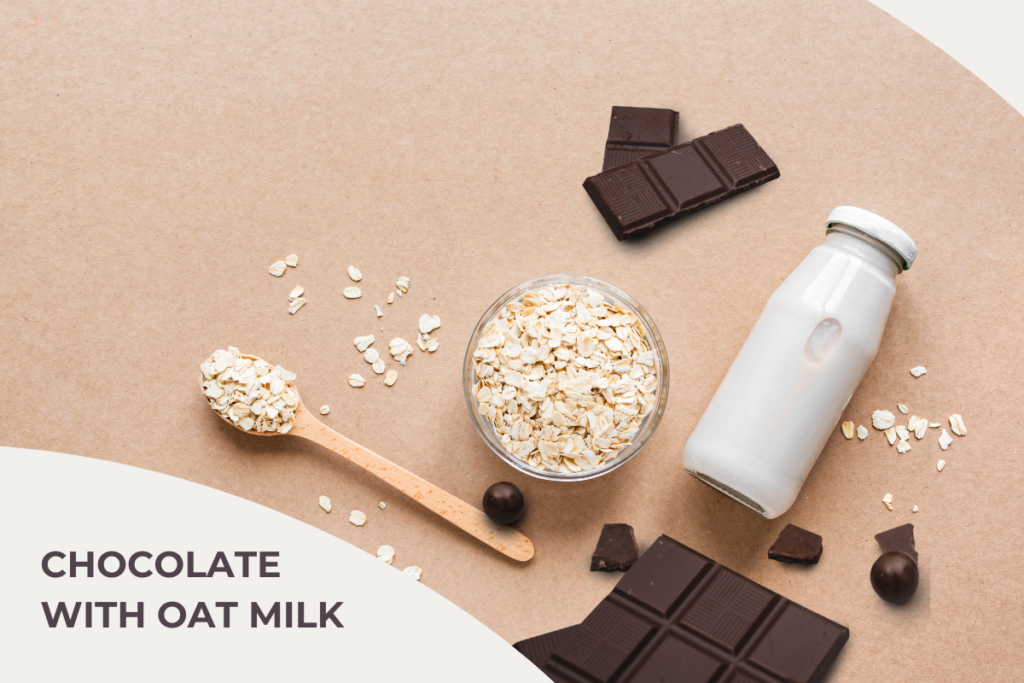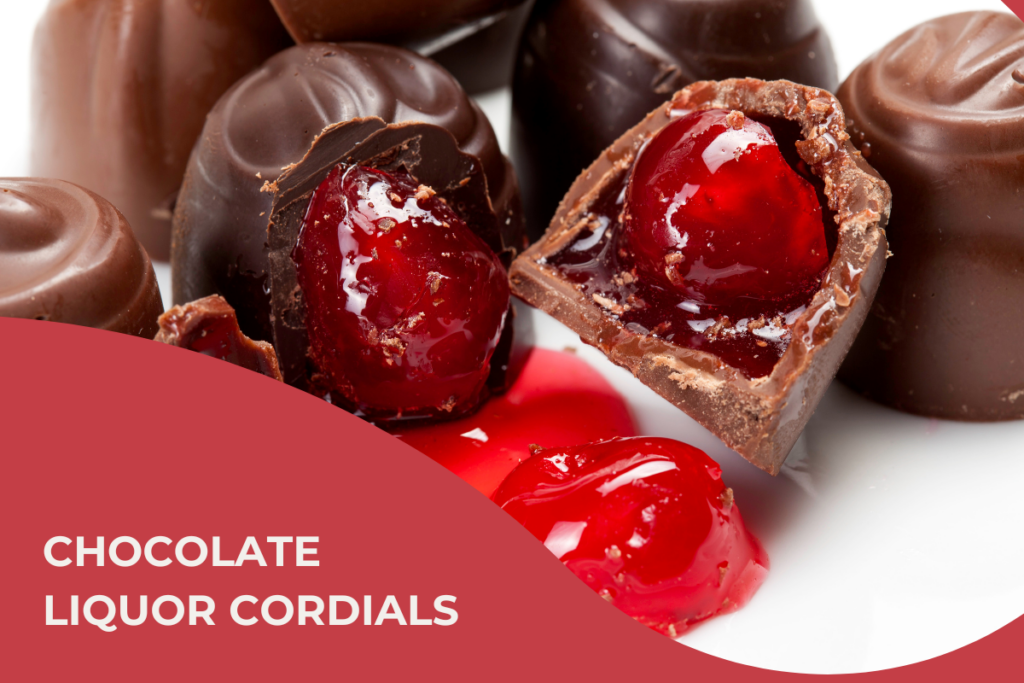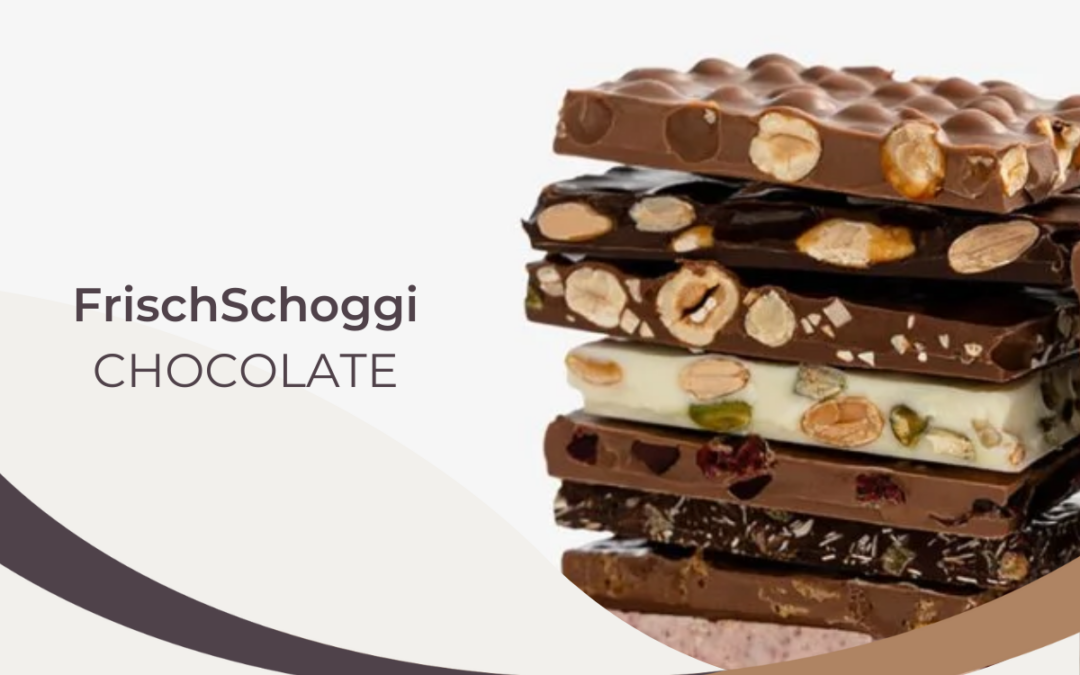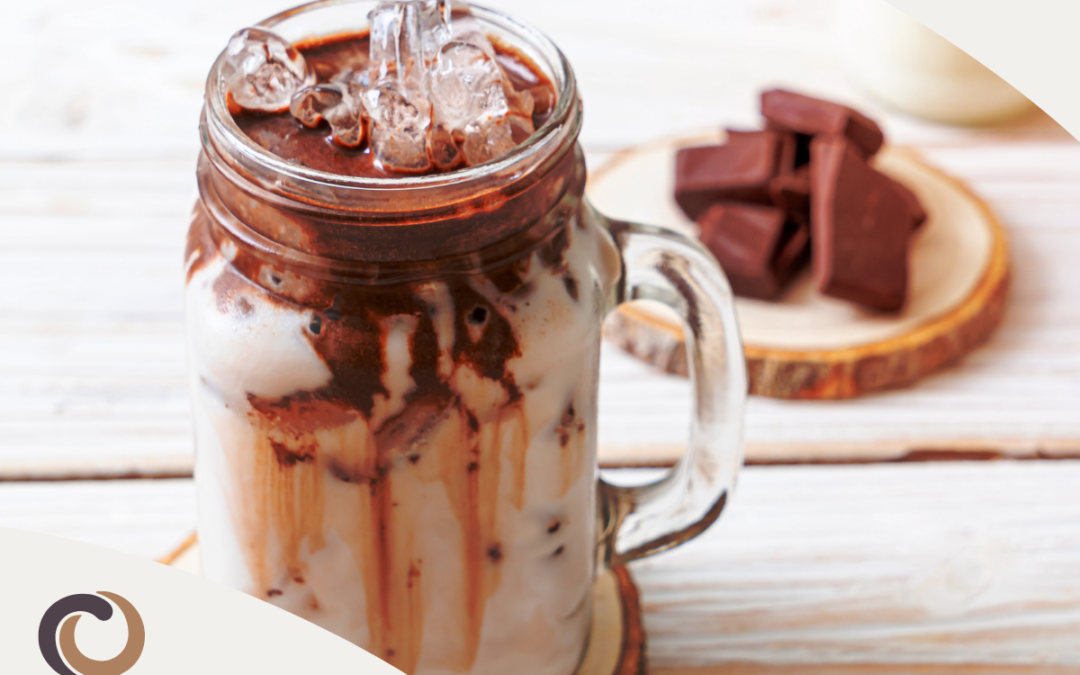Getting ready to send chocolate to a friend or loved one? Join us on a journey with CocoTerra as we unravel the secrets to ensuring your favorite chocolate arrives just as perfect as it left. From packaging to temperature and moisture control, get ready to send chocolate anywhere in the world without fear!
Why is chocolate so delicate?
Chocolate is delicate because of its unique composition and properties. It has a relatively low melting point, which means it will melt if the temperature around it gets too warm. This can be while sitting in a mailbox, at a mail processing facility, in the back of a delivery truck or sitting in the sun on a front porch.
To maintain the quality of chocolate and prevent unwanted melt, it’s important to handle and pack it properly.
What makes chocolate so hard to ship?
Sending chocolate by mail can be challenging due to the following reasons:
- Temperature – Chocolate is sensitive to temperature and can easily melt or lose temper if exposed to moderately high temperatures (90F) during transit.
- Moisture – Chocolate is also sensitive to moisture, which can cause it to become soft or develop a white, powdery coating known as “bloom”.
- Fragility – Chocolate is delicate and can break or crack during shipping, especially if it is not properly packaged or handled with care.
- Time – It can be difficult to ensure that the chocolate is shipped quickly and that it arrives at its destination on time.
- Customs – Shipping chocolate internationally can be challenging due to customs restrictions and regulations in different countries. Always read the detailed restrictions for the particular destination country.
What is the best way to package your chocolate?
To ship chocolate successfully, especially during warm weather or long distances, special packaging and shipping methods are required. This might include insulated packaging, cold packs, or expedited shipping to minimize heat exposure.
The best packaging for shipping chocolate will insulate the product, protect it from temperature fluctuations, and guard against physical damage.
Consider using foam coolers or insulated boxes for your chocolate products. These packaging materials help maintain a stable temperature inside the package, protecting it from heat and cold.
To keep the temperature inside the package lower, include ice packs or gel packs. Place them strategically so that they do not come into close contact with the chocolate.
Store the chocolate in an airtight, moisture-proof container to protect it from humidity. Vacuum-sealed bags are an effective way to keep out moisture and odors.
5 tips on how to ship chocolate and prevent it from melting
- Choose the best time to send: Try shipping chocolate during cooler months or when temperatures are moderate. Avoid sending chocolate during the hottest parts of the year to minimize the risk of melting. Look at the weather report and make sure that there aren’t any heat waves forecasted at the origin or destination.
- Insulate the package: Use insulated packaging materials such as foam coolers, thermal liners, or padded envelopes. These items provide a barrier against temperature changes and cushion your items to prevent damage.
- Fast shipping: To help the chocolate arrive in good condition, choose expedited or overnight shipping. The shorter the transit time, the less exposure to temperature fluctuations.
- Choose a trustworthy shipping provider: Make sure you choose a shipping company with a proven track record of handling temperature-sensitive shipments.
- Mark as Temperature-Sensitive: Be sure to label the package as temperature-sensitive and indicate that it contains delicate items that should be kept away from the sun and high temperatures.
So, chocolate lovers, take these insights and embark on your own shipping adventures. Remember to use expedited shipping, keep an eye on the weather, and label and pack your packages properly.
We hope you enjoyed this article, check out the rest of our CocoTerra blog.
If you have any questions or comments, feel free to contact us through our social media channels. We are @cocoterra_co on Instagram and Pinterest and @cocoterraco on Twitter and Facebook.

